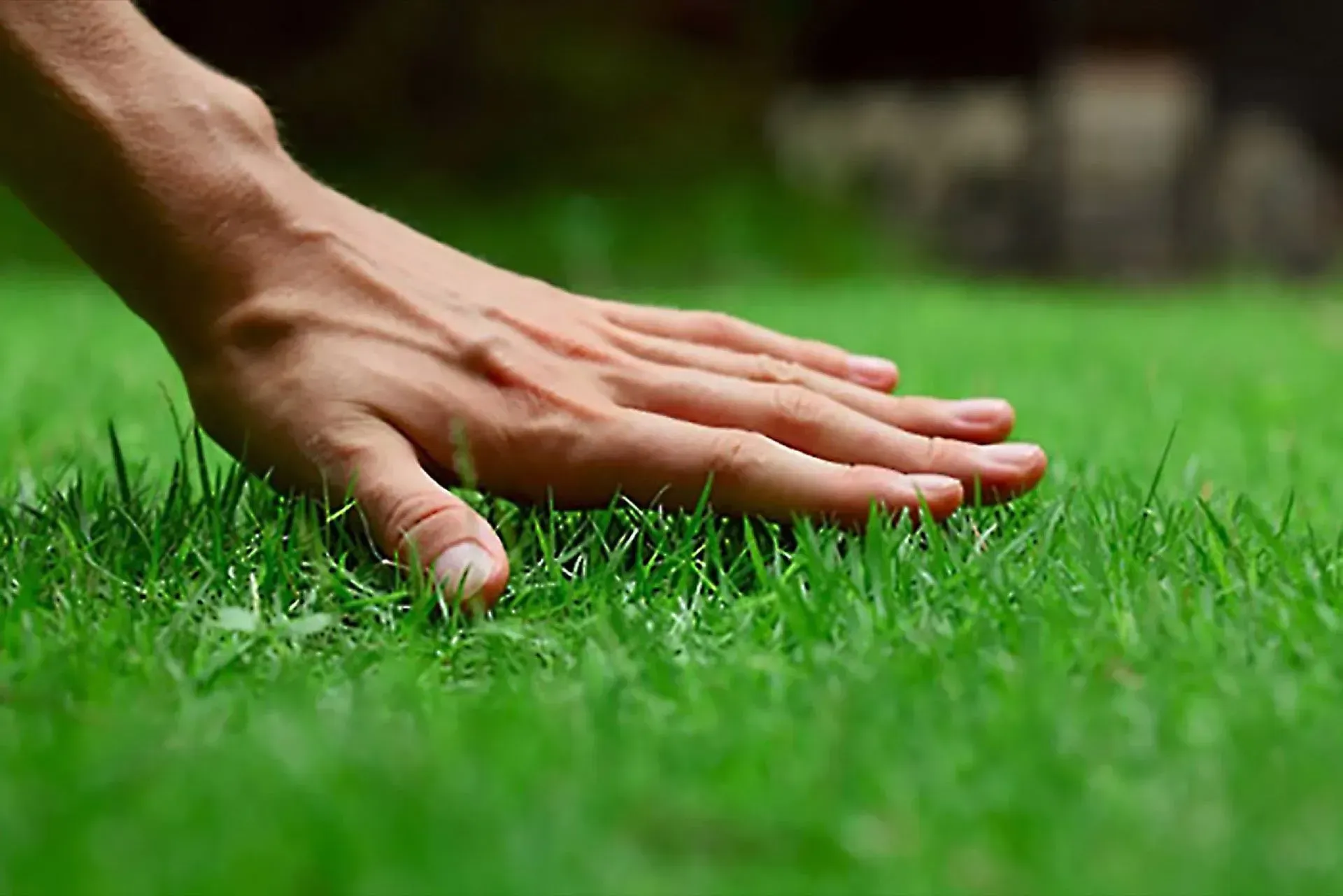Spring is Here. Get that Lawn in Shape

Lawn Envy: How to Have the Best Lawn on Your Block 🏆🏡
A lush, green lawn is the envy of any neighborhood! 🤩 It's a sign of a well-maintained home 🏠 and a source of pride for homeowners. But achieving that picture-perfect lawn takes more than just wishful thinking. It requires dedication, the right knowledge, and a consistent effort. 💪
Here's your guide to cultivating the best lawn on your block! 🌱👑
1. Soil Savvy: 🧪🌍
Soil Testing: Before you even think about grass seed, get your soil tested. 🧪 This will reveal its pH level, nutrient content, and any deficiencies.
Amendments: Based on the test results, amend your soil accordingly. This might involve adding lime 🍋 to raise the pH, or incorporating compost 💩 to improve drainage and add organic matter.
2. Choosing the Right Grass: 🌾🔍
Climate Considerations: Select a grass variety that thrives in your specific climate. Cool-season grasses like fescue and bluegrass are ideal for cooler regions ❄️, while warm-season grasses like Bermuda and Zoysia are better suited for warmer climates ☀️.
Consideration for Foot Traffic: If you have kids 👦👧 or pets 🐶🐱, choose a durable grass variety that can withstand heavy foot traffic.
3. Seeding and Sodding: 🌱🧱
Seeding: For new lawns, seeding is often the most cost-effective option. 💰 Choose high-quality seed and follow the recommended seeding rate.
Sodding: If you want instant results, sodding is the way to go! 🚀 However, it's more expensive and requires proper preparation of the soil.
4. Watering Wisely: 💧⏰
Deep and Infrequent: Water deeply and infrequently to encourage deep root growth. Aim for 1-1.5 inches of water per week, either through rainfall 🌧️ or supplemental irrigation.
Early Morning Watering: Water early in the morning 🌅 to minimize evaporation and reduce the risk of fungal diseases.
5. Mowing Mastery: ✂️📏
Sharp Blades: Keep your mower blades sharp 🔪 to ensure a clean cut and prevent tearing of the grass blades.
Proper Height: Mow at the recommended height for your grass type. Generally, a height of 2-3 inches is ideal.
Mulching vs. Bagging: Mulching (leaving the clippings on the lawn) recycles nutrients back into the soil ♻️, while bagging removes them.
6. Fertilizing: 🌿🍽️
Timing is Key: Fertilize your lawn at the appropriate times of the year. Spring and fall 🍂 are typically the best times for fertilization.
Choose the Right Fertilizer: Select a fertilizer that is specifically formulated for your grass type and soil conditions.
7. Weed Control: 🚫🌿
Prevention: The best defense against weeds is a thick, healthy lawn. 💪
Manual Removal: Hand-pulling weeds is an effective method for small infestations.
Herbicides: Use herbicides sparingly and only when necessary. Always follow the label instructions carefully.
8. Aeration and Overseeding: 🌬️🌱
Aeration: Aerating your lawn helps to relieve soil compaction and improve air and water penetration.
Overseeding: Overseeding helps to thicken your lawn and fill in bare spots. It's best done in the fall or spring.
9. Pest and Disease Control: 🐛🦠
Regular Inspections: Regularly inspect your lawn for signs of pests and diseases. 🧐
Integrated Pest Management: Use integrated pest management techniques, which may include cultural practices, biological controls, and minimal use of pesticides.
10. Patience and Persistence: ⏳🛤️
Rome Wasn't Built in a Day: Building a beautiful lawn takes time and effort. Don't get discouraged if you don't see results immediately.
Enjoy the Process: Take pride in your lawn and enjoy the fruits of your labor! 🍎🎉
By following these tips and staying committed to your lawn care routine, you can achieve a lush, green oasis 🌴 that will be the envy of your entire neighborhood! 🤩🏆
Blessings!











